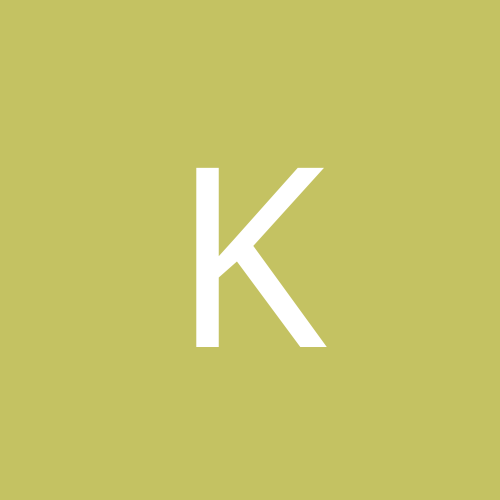Sign in to follow this
Followers
0

Where can I find more information about the "Four Greats"?
By
knowledgeseeker, in Daoist Discussion

By
knowledgeseeker, in Daoist Discussion